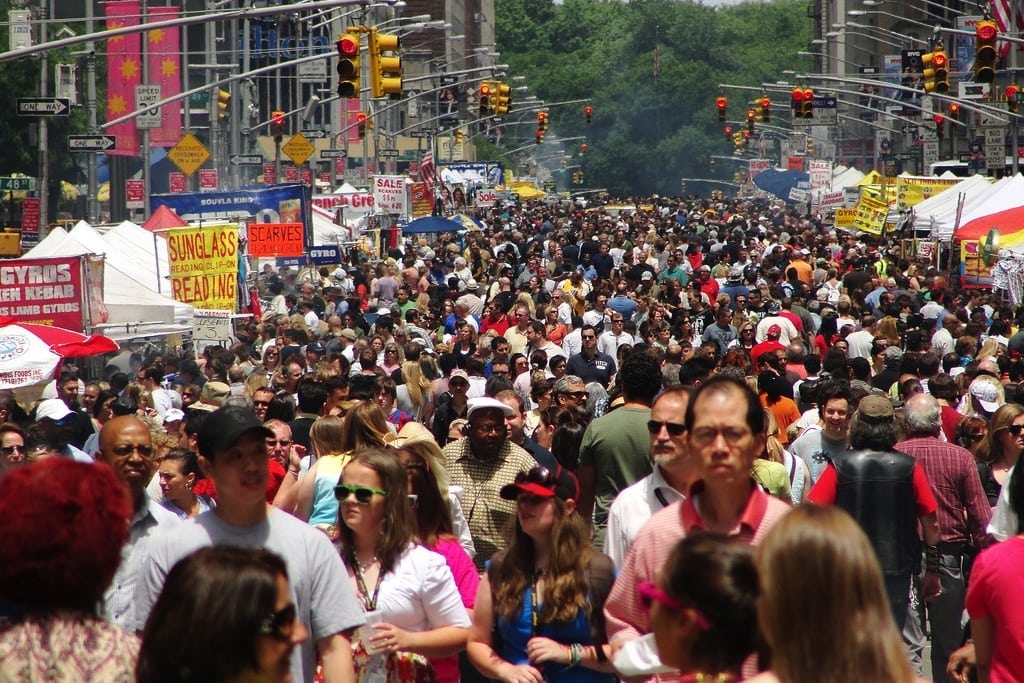New York City's Proposal to Turn Midtown into a Pedestrian Paradise

Skift Take
- Possible sidewalk landscaping possibilites for East Midtown. Photo Courtesty: New York City Department of City Planning.
- Current sidewalk width in East Midtown. Photo Courtesty: New York City Department of City Planning.
- A rendering of possible improvements to pedestrian area in East Midtown. Photo Courtesty: New York City Department of City Planning.
- Current sidewalk width in East Midtown. Photo Courtesty: New York City Department of City Planning.
- A rendering of possible improvements to pedestrian area in East Midtown. Photo Courtesty: New York City Department of City Planning.
- Current pedestrian areas along Vanderbilt Avenue in East Midtown. Photo Courtesty: New York City Department of City Planning.
- A rendering of possible improvements to pedestrian area along Vanderbilt Avenue in East Midtown. Photo Courtesty: New York City Department of City Planning.
New York City's Department of City Planning believes that Midtown is at risk of becoming old, cramped, and unattractive in comparison to evolving financial centers in cities like Tokyo and London.
It is feared that aging buildings, little new development, zoning impediments, and poorly planned pedestrian areas will lead to a breakdown of the office market, a decreased desirability to be based in midtown, and failure to generate tax revenues for the city.
The City Planning department submitted a 116-page proposal in April 2013 to rezone and revitalize one of the world's largest business districts; Midtown is home to 70 million square feet of office space, 250,000 jobs, and a regional transit hub.
The goal of the proposal is to strengthen the zone as global business hub and build sustainable office buildings. Should the proposal gain enough traction, the District Improvement Fund may also be used to implement key improvements to pedestrian areas and the overall atmosphere of the notoriously cramped and hectic area.
One of the most visible changes would be the expansion of sidewalks from 12 to 20 feet in an effort to combat high pedestrian volumes.
The new plan could also transform Vanderbilt Avenue alongside Grand Central into a pedestrian walkway with wider sidewalks, more retail options, publicly-accessible areas, and larger lobbies.
Although mentioned in the Midtown Rezoning proposal, these pedestrian improvement funded via the District Improvement Fund would not be automatically approved should the proposal succeed. Final projects would be chosen based on their potential to improve conditions and on their economic feasibility.
Below is the Department of City Planning's full East Midtown rezoning proposal:
[gview file="http://www.nyc.gov/html/dcp/pdf/east_midtown/presentation_042213.pdf"]











